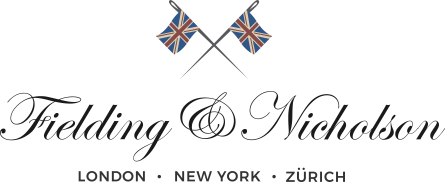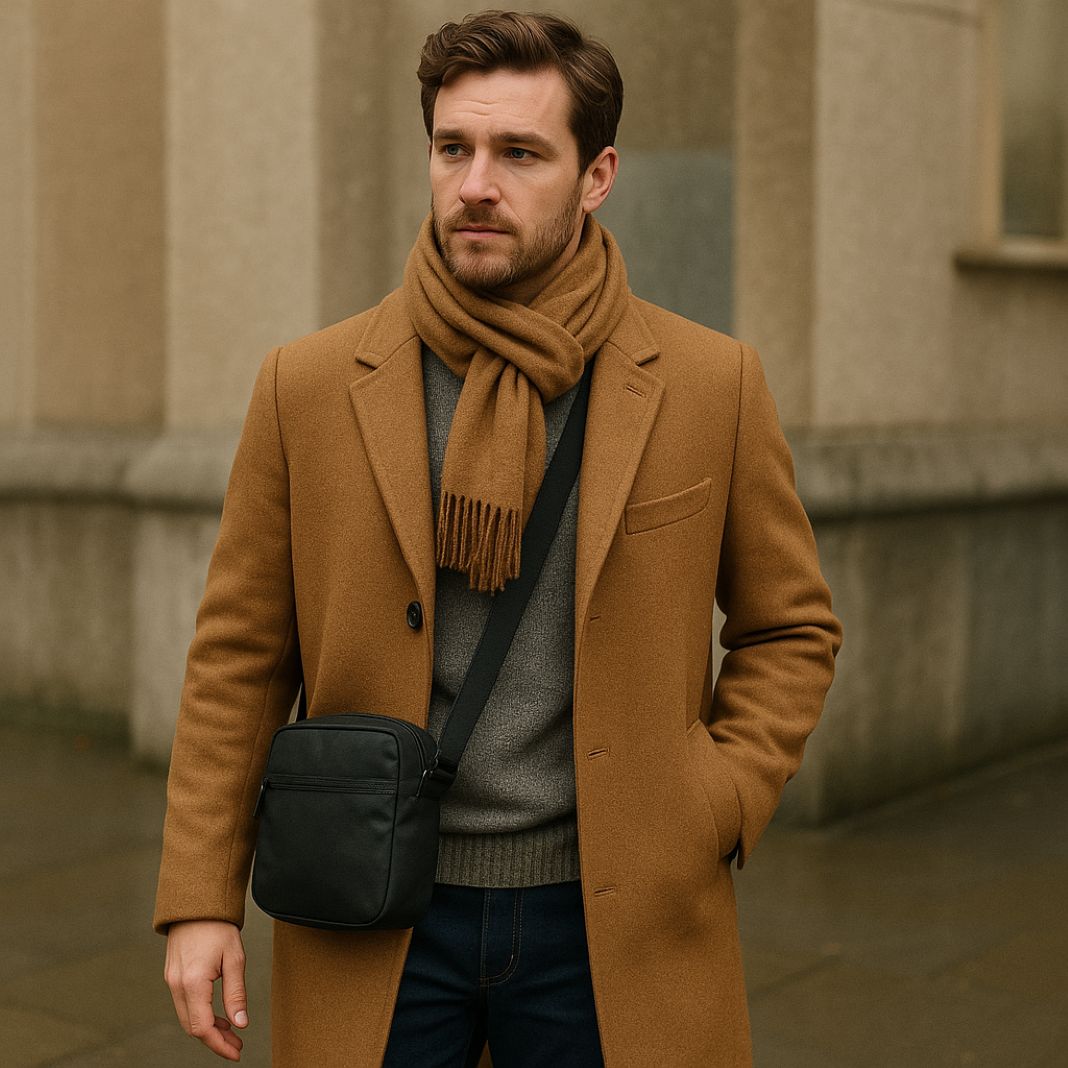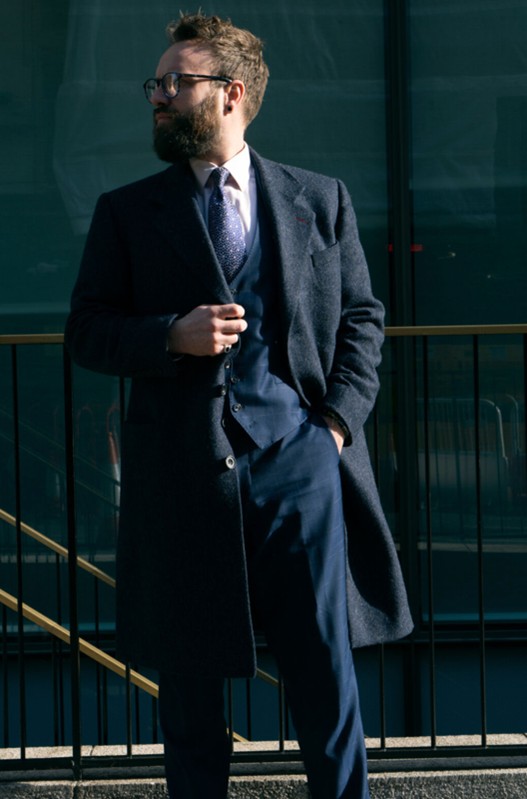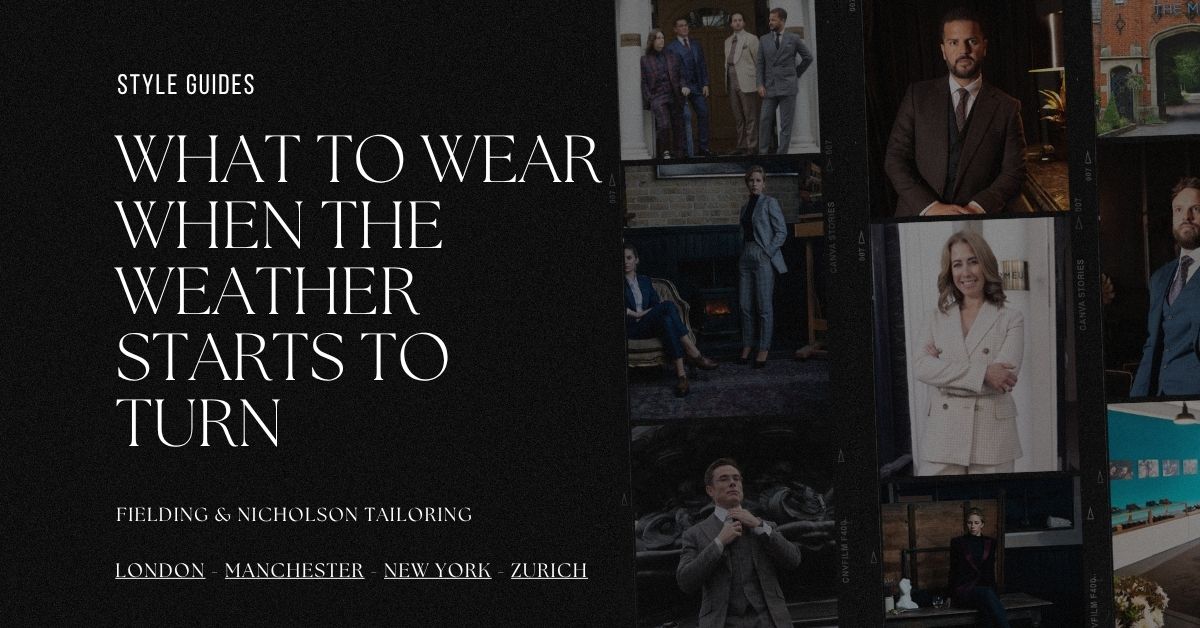What should you wear when the British weather turns colder, wetter and more unpredictable?
British weather can flip without warning. One minute you are enjoying mild sunshine, the next you are caught in a downpour. Knowing what to wear helps avoid those awkward moments when your outfit just is not cutting it. This guide covers practical, stylish ways to dress for colder, wetter and less predictable days, using breathable materials, thermal base layers and structured outerwear that adapts to changing conditions.
Here's What We Have Covered In This Article
1. The Best Coats to Buy Now Before the Weather Shifts
As soon as temperatures dip, finding the right coat becomes urgent. A coat should do more than keep you dry. It needs to match your routine, whether that means commuting, going out at weekends or running daily errands. Breathable membranes, water resistant coatings and warm linings matter just as much as a sharp silhouette.
Which coat fits your lifestyle best?
For city commuters, a raincoat with a water resistant shell, sealed seams and smooth structured fit makes daily wear easy. Choose a model with a quilted or insulated lining and mid thigh length to stay dry and comfortable while looking sharp. A tailored raincoat made from bonded cotton or technical gabardine is ideal for managing unpredictable forecasts.
Casual dressers might prefer a wool overcoat or car coat. These are versatile and warm with just enough structure to look neat. A knee length overcoat works especially well with denim or knitwear and gives you that put together look without much effort. Look for features like storm flaps, throat latches and reinforced collars.
Recommended options include
-
Overcoat: neat and classic with enough room for layering
-
Car coat: clean lines, wind resistance and no fuss
-
Raincoat: lightweight, breathable and designed for wet conditions
Pro Tip 1: Always check coat fabric blends as 100 percent wool offers warmth but blended fibres with technical weaves can handle wet weather better.
2. Smart Casual Layers for Work and Weekend
You may not be dressing for the boardroom every day, but you still want to look well put together. Your coat should work just as well at the office as it does at the pub or a Sunday walk.
How do you layer without looking too dressed down?
The pea coat remains a favourite for good reason. It works over both trousers and jeans and adds structure to relaxed outfits. A wool bomber jacket offers a shorter option that still feels tidy thanks to ribbed hems and subtle tailoring. If your weekends lean more countryside, a barn jacket balances comfort and clean lines. These coats pair well with Oxford shirts, crew neck knits and selvedge denim.
Key features to look for
-
Midweight fabrics that keep you comfortable throughout the day
-
Ribbed edges and neat finishes that prevent slouch
-
Details like double breasted fronts and soft shoulders that upgrade an outfit
Pro Tip 2: Invest in neutral outerwear like camel or navy so you can layer with colour and pattern underneath all season.
Book Your Coat Fitting Before the Cold Kicks In
Ready for a coat that fits better, lasts longer and works with your lifestyle?
3. How to Layer When the Weather Won’t Decide
Layering is more than just putting on extra clothes. It helps you stay comfortable through temperature shifts without sacrificing style.
What are the best base layers for British autumn?
Start with merino wool. It regulates heat, resists odour and sits comfortably under any outerwear. A cotton overshirt adds shape and a bit of warmth, while a lightweight knit offers thermal benefits without bulk. Moisture wicking properties and breathable knits prevent overheating in the afternoon.
Reliable base layer options
-
Merino tops: breathable, soft and slim profile
-
Overshirts: relaxed but structured enough to wear alone
-
Cotton knits: insulating and smooth under jackets
Using thinner but high performing layers keeps your outfit breathable and practical.
Need Help Choosing the Right Autumn Coat?
Get personal recommendations based on your style, routine and climate.
4. The Trend Proof Styles You Will Actually Wear for Years
Some coats always work. When you are looking for value and wearability, classic styles offer both longevity and versatility.
Which long term outerwear pieces are worth it?
An Ulster coat is hard wearing and practical. With storm flaps, a broad collar and a heavyweight wool blend, it is made for colder days. The covert coat offers a subtler look, with smooth lines and heritage tailoring details like velvet trim. The pea coat continues to deliver both structure and day to night wearability.
Look out for these features
-
Structured wool construction that retains shape
-
Velvet collars, covered plackets and reinforced seams
-
Military inspired fastenings and functional button placement
5. Why Camel, Oatmeal and Tobacco Rule This Season
Colour makes a difference when skies are grey. These neutral shades feel warm, mix well with most colours and bring a subtle upgrade to your outerwear.
What makes these colours so popular?
Camel coats always look smart. They work well with jeans, navy suits and layered knitwear. Oatmeal adds gentle contrast to darker shades, and tobacco tones provide earthy richness. These colours often make even budget friendly pieces appear more premium.
Details to consider
-
Caramel, taupe and light brown work well with navy and charcoal
-
Muted palettes allow for tonal layering and outfit repetition
-
Natural fibres like wool or brushed cashmere suit these hues
6. Boots, Bags and Accessories to Complete the Transition
A great coat is important, but footwear and accessories help you build a cohesive look that handles autumn weather and looks good doing it.
Which finishing touches are worth investing in?
A pair of leather Chelsea boots is one of the best footwear choices you can make. They offer weather protection, last well and work with smart and casual looks. Suede brogues, when treated with suede protector, are also reliable. Add wool scarves, ribbed gloves and compact crossbody bags for comfort and day to day practicality.
Practical options include
-
Leather boots with waterproof soles and durable grip
-
Rib knit scarves and insulated gloves in neutral tones
-
Bags with internal compartments and soft touch finishes
7. Tailoring That Fits the Season and Your Calendar
Off the rack options are convenient, but made to measure outerwear gives you something more precise, comfortable and longer lasting.
Is it worth getting a coat made to measure?
Made to measure coats usually take between four and eight weeks to complete. You choose everything from the fabric weight to the lapel width and the lining finish. With correct measurements, you avoid the bulk and discomfort that can come with layering under a standard fit. A made to measure coat will follow your shoulder line, accommodate layers and last multiple seasons.
Reasons to consider made to measure
-
Improved garment longevity and construction standards
-
Warmer through tailored insulation and interlining
-
Better proportions for personal styling and function
Why the British Wardrobe Struggles This Season and How to Solve It
British autumn throws everything at you. Mornings are frosty, afternoons feel mild and evenings often bring showers. Planning around this range means using coats, layers and accessories that adapt with ease.
Structured outerwear, breathable layering and technical fabrics help you dress confidently without second guessing the day. Thinking ahead saves you time, improves comfort and keeps you looking good whatever the forecast.







